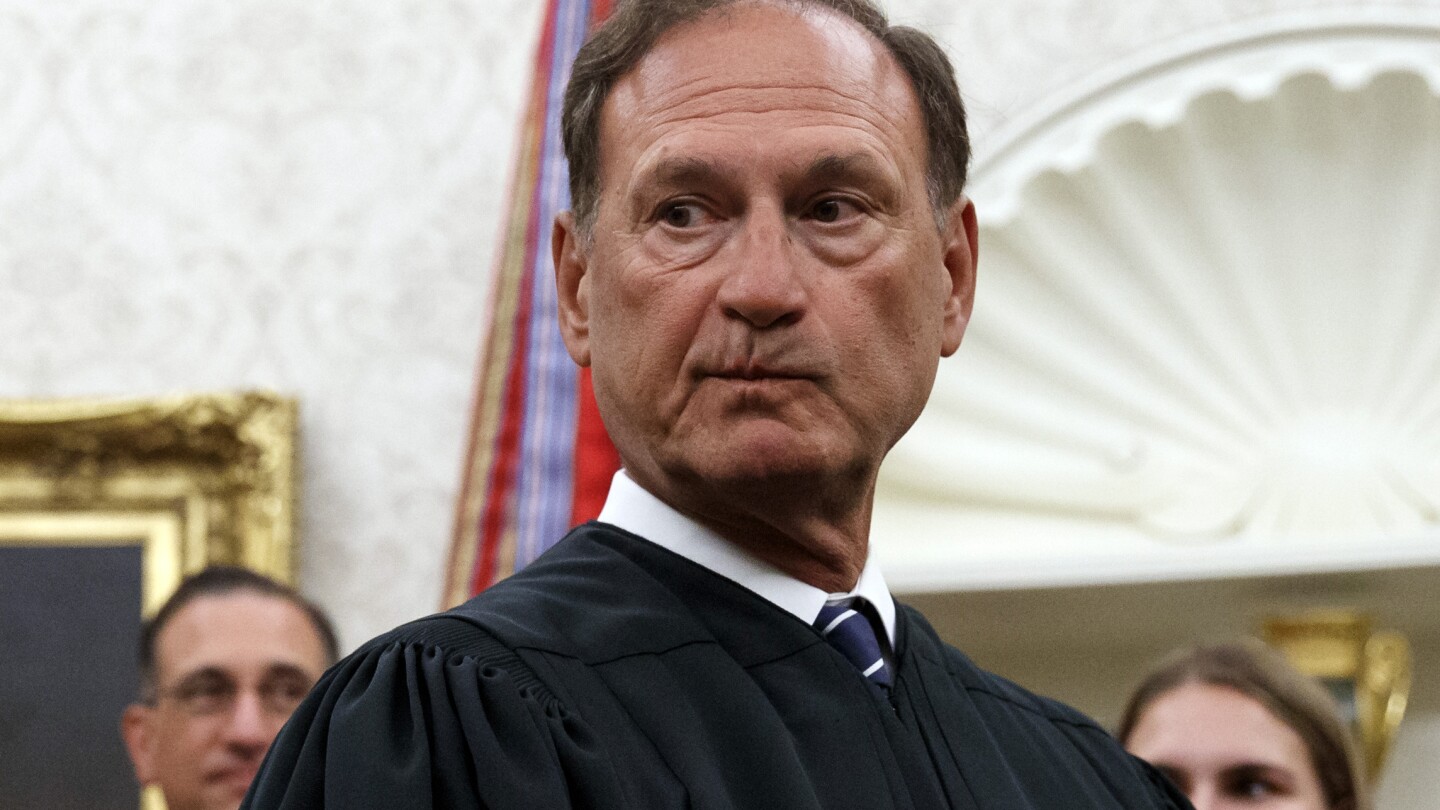Nine days after The New York Times reported about the political symbolism of an upside-down American flag that flew at U.S. Supreme Court Justice Samuel Alito’s home, the Washington Post acknowledged it had the same story more than three years ago and decided not to publish it.
The Post’s story was both an extraordinary example of journalistic introspection and an illustration of how coverage of the Supreme Court has changed since the incident itself, shortly after the Jan. 6, 2021, Capitol insurrection.
That day, some of the demonstrators who marched in support of former President Donald Trump carried the upside-down flag. Both newspapers reported that the same symbol was displayed outside of Alito’s home in Fairfax County, Virginia, before President Joe Biden’s inauguration.
Alito has said that his wife, Martha-Ann Alito, raised the flag as part of a dispute with neighbors who had placed “personally insulting” yard signs directed at them. Judges traditionally avoid partisan symbols to maintain the appearance of neutrality in political disputes that may come before them.
For journalists, it raises a question: Should a public official’s family be held to the same standards as that official themselves?



I think you’re missing what people are saying. They’re saying it’s not about exerting outward influence, but about the editorial bent of the newspaper. What to chase, what not to publish, who to piss off, who not to piss off, what to spend resources on or not. No one can show you an example of this kind of influence in a lemmy comment section. You’d need a research grant and a year’s worth of a team’s dedicated investigation into word choice with inside sources telling them stories that were chased that never got published for some flimsy reason, etc. These things aren’t as so tangible as to fit into a meme.